Category: Marketplaces (eBay & Amazon)
-
What is Amazon A Content?
When it comes to Amazon’s marketplace, standing out is paramount. Amazon’s A+ Content, formerly known as Enhanced Brand Content, offers sellers a powerful tool to enhance their product listings with rich visuals, detailed descriptions, and compelling narratives.
Written by
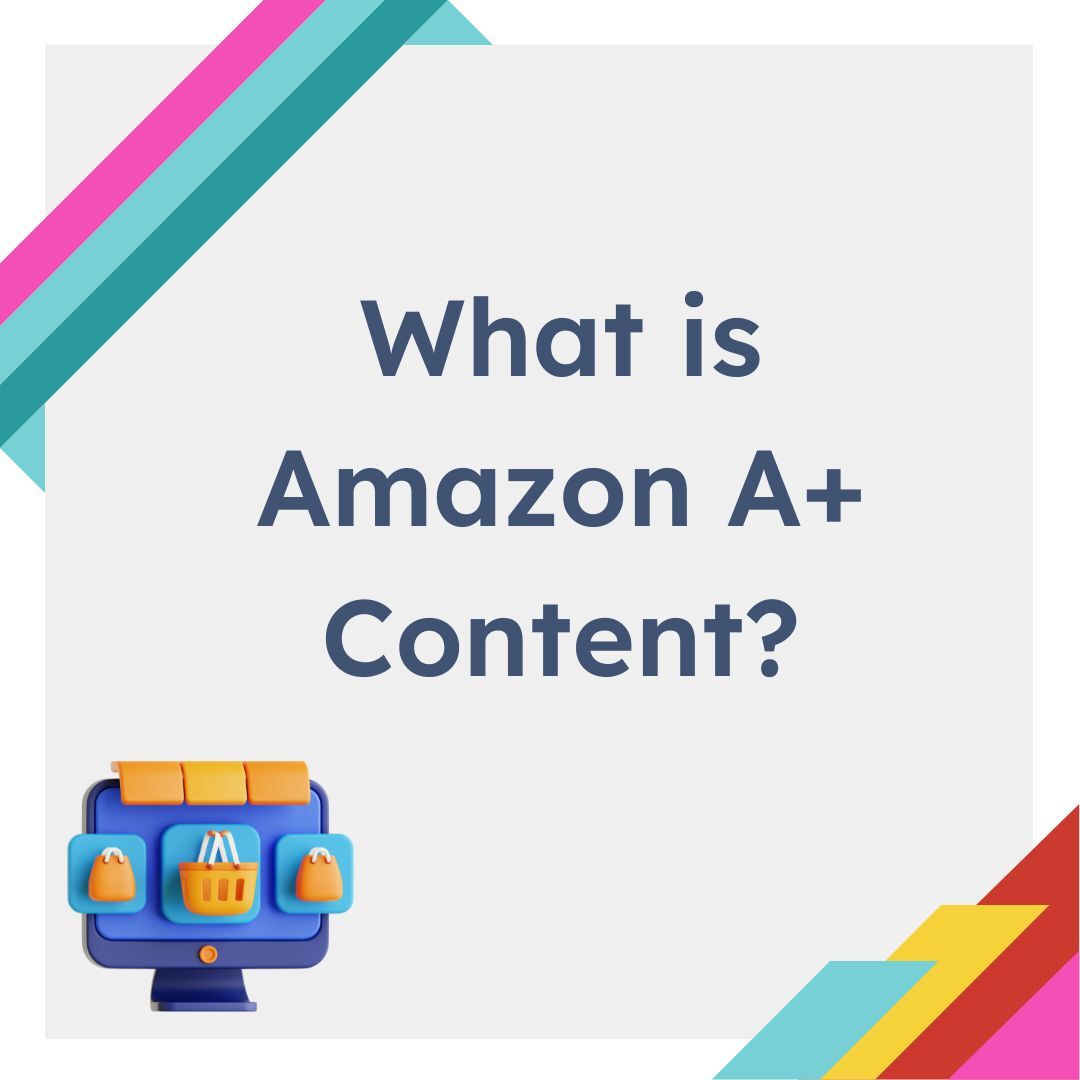
-
Why Open an Amazon Store
Amazon the largest online retailer in the world, dominating the ecommerce space with millions of customers ordering each year.
Written by

-
Amazon Prime Day 2020| Biggest Day for Businesses Online
Amazon Prime Day 2020 (or days in this case), delayed this year, intending to kickstart early Christmas shopping, provided a fantastic opportunity for businesses and customers alike to benefit from the perks of online retailing, and with that, the significant discounts offered this year. Over 1 million deals were available this time around, across a…
Written by

-
eBay starts managing payments in the UK in 2020
eBay starts managing payments on its own for the customers in the UK. Read what this means for your business!
Written by
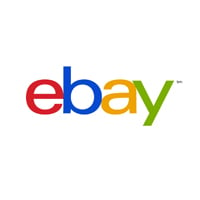
-
Morrisons and Amazon extend their reach in the UK
Morrisons and Amazon are expanding their joint reach in the UK by adding several more cities to their portfolio for the same day grocery deliveries. Read and find where this offer just became available!
Written by
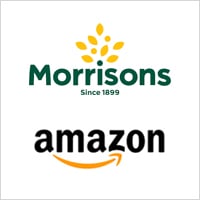
-
A new Amazon distribution centre in Bristol is about to open
Amazon decided to impšrove their coverage of the UK and shorten delivery times by opening a new distribution centre in Bristol. Click and read all about it! !
Written by

-
Amazon teams up with Correos in the Spanish market
Amazon decided to enhance their presence in the Spanish market by creating a strategic alliance with Correos! Click here and read what it means for the shoppers and the sellers in that region!
Written by

-
Arbitrage sellers on eBay are up for a nasty surprise in 2019
Arbitrage sellers are damaging eBay reputation and the marketplace decides to strike back! Read what are the newest rules that prevent arbitrage selling on eBay.
Written by
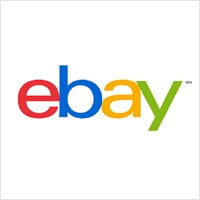
-
eBay includes automatic display of your VAT on listings
The newest eBay policy enforces automatic display of VAT for all sellers who have it. The changes it will cause could be significant!
Written by
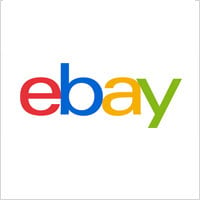
-
German tax authorities deliver a blow to Chinese Amazon sellers
German tax authorities came in force against Chinese Amazon sellers in order to make them pay taxes!
Written by
